Throughout human history, the natural world has served as a profound source of inspiration for cultural expressions. Among these, birds hold a special place, their movements, colors, and behaviors captivating human imagination across continents and millennia. For indigenous communities worldwide, birds represent more than mere wildlife—they embody spiritual messengers, ancestral connections, and symbolic beings whose essence has been meticulously preserved through traditional dance. These dances not only showcase the remarkable observational skills of indigenous peoples but also reflect their deep ecological knowledge and spiritual worldviews. The intricate relationship between avian life and human movement reveals how indigenous cultures have long celebrated biodiversity through artistic expression, creating a living archive of cultural and environmental heritage that continues to resonate in contemporary times.
The Spiritual Significance of Birds in Indigenous Worldviews
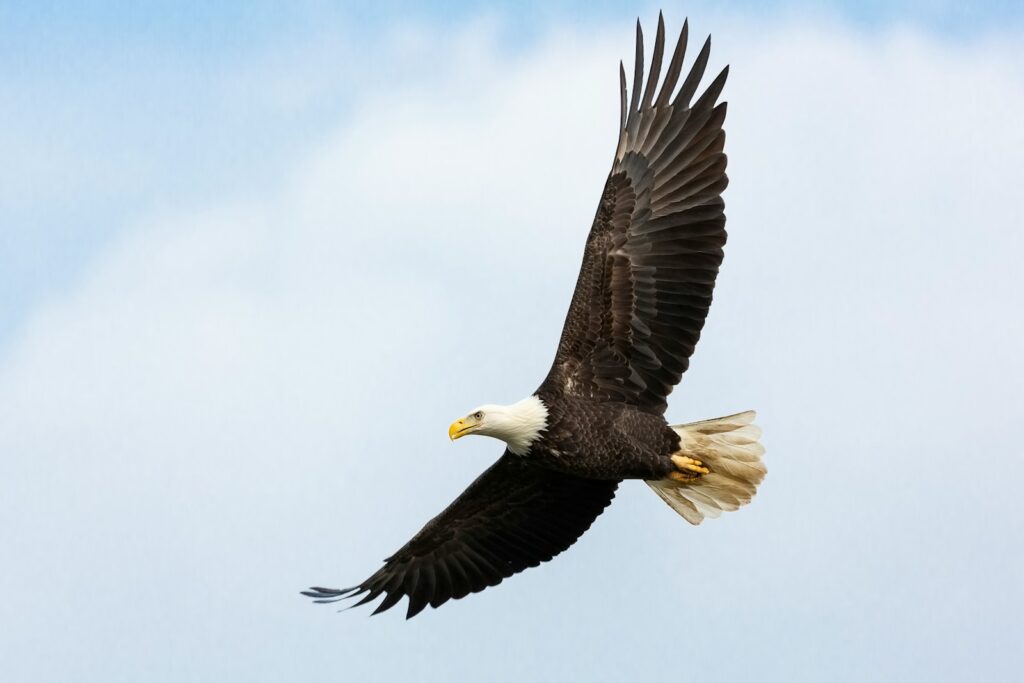
In indigenous belief systems worldwide, birds frequently occupy a privileged position as intermediaries between the earthly and spiritual realms. Their ability to traverse both land and sky positions them as natural messengers, capable of carrying prayers to creator deities or ancestral spirits. The Hopi people of the American Southwest, for instance, consider eagles as direct conduits to the heavens, while many Amazonian tribes believe certain bird species contain the souls of shamans or departed elders. These spiritual associations profoundly influence how birds are portrayed in traditional dances, with performers often mimicking not just the physical characteristics of birds but attempting to channel their spiritual essence. The sacred nature of these performances means they traditionally occur during specific ceremonial occasions, with some dances restricted to initiated members who understand the deep spiritual protocols involved. This reverence for avian spirits reflects indigenous peoples’ holistic worldview, where the natural and supernatural realms remain intimately connected.
The Eagle Dance Traditions of North American Tribes
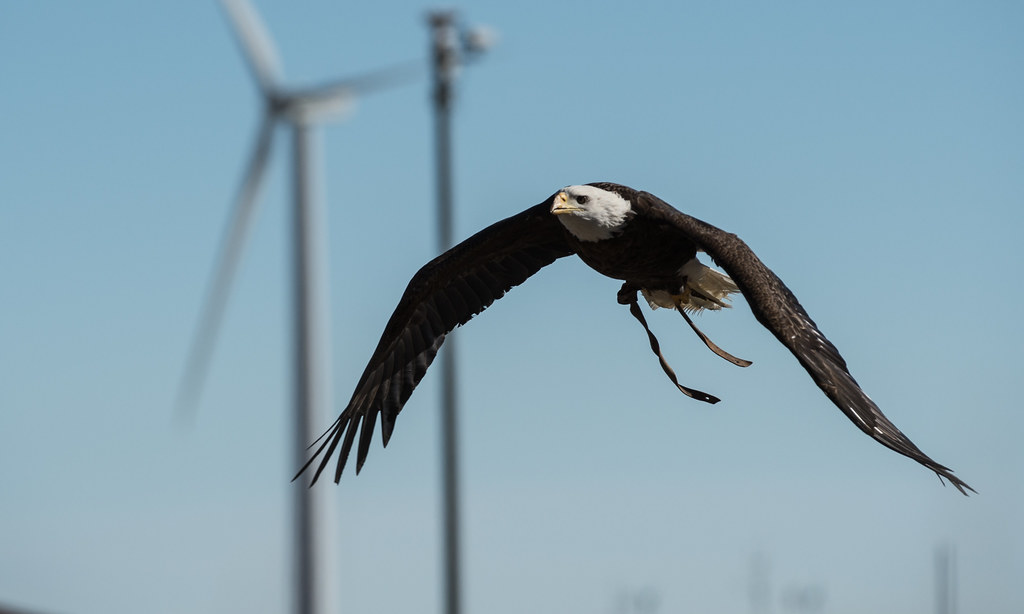
Among the most iconic bird-inspired dances across North America are the various Eagle Dance traditions practiced by tribes including the Hopi, Zuni, Cherokee, and Plains nations. These performances typically feature dancers adorned with elaborate eagle feather regalia, with arm movements that precisely mimic the majestic soaring and swooping patterns of eagles in flight. The Hopi Eagle Dance, performed during winter ceremonies, represents prayers for fertility and rainfall, with dancers creating formations that track the migration patterns of eagles across the desert sky. In many Plains traditions, eagle dancers undergo extensive preparation, sometimes including isolation and fasting, to spiritually connect with the eagle’s power before embodying its movements. The technical precision of these dances reveals generations of careful observation of eagle behavior, from hunting techniques to mating displays. These traditions gained additional poignancy during periods when indigenous religious practices were legally suppressed, with eagle dances sometimes becoming acts of cultural resistance and preservation.
Amazonian Bird Dances and Ecological Knowledge
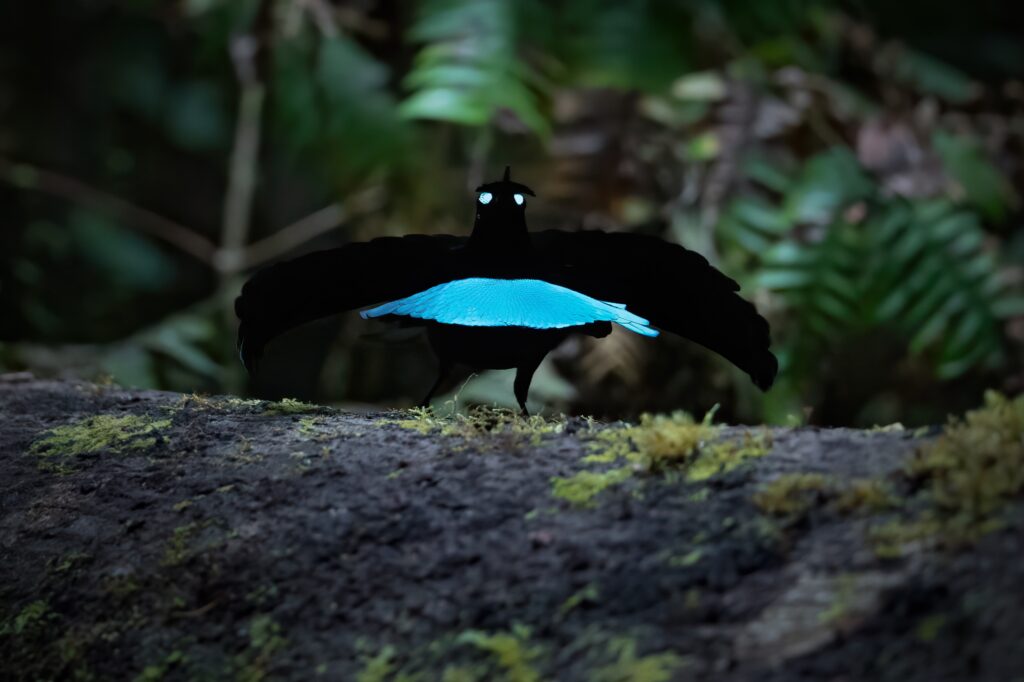
The Amazon rainforest, home to approximately 1,300 bird species, provides rich avian inspiration for indigenous communities throughout the region. Tribes such as the Bororo of Brazil and various Amazonian peoples perform elaborate bird dances that serve as living encyclopedias of ecological knowledge. These performances often catalog dozens of distinct bird species, with dancers portraying behaviors specific to birds like macaws, toucans, and harpy eagles through distinctive movement patterns, calls, and specialized costumes. Many Amazonian bird dances coincide with seasonal changes, helping to mark important agricultural or hunting periods linked to avian migration patterns. Anthropologists studying these traditions have documented how dance sequences often contain encoded information about bird feeding habits, mating behaviors, and habitat preferences—knowledge critical for sustainable hunting practices. The accuracy of these representations demonstrates indigenous peoples’ sophisticated understanding of avian ethology developed through millennia of forest coexistence, challenging colonial assumptions about “primitive” knowledge systems.
Australian Aboriginal Bird Dances and Dreamtime Connections
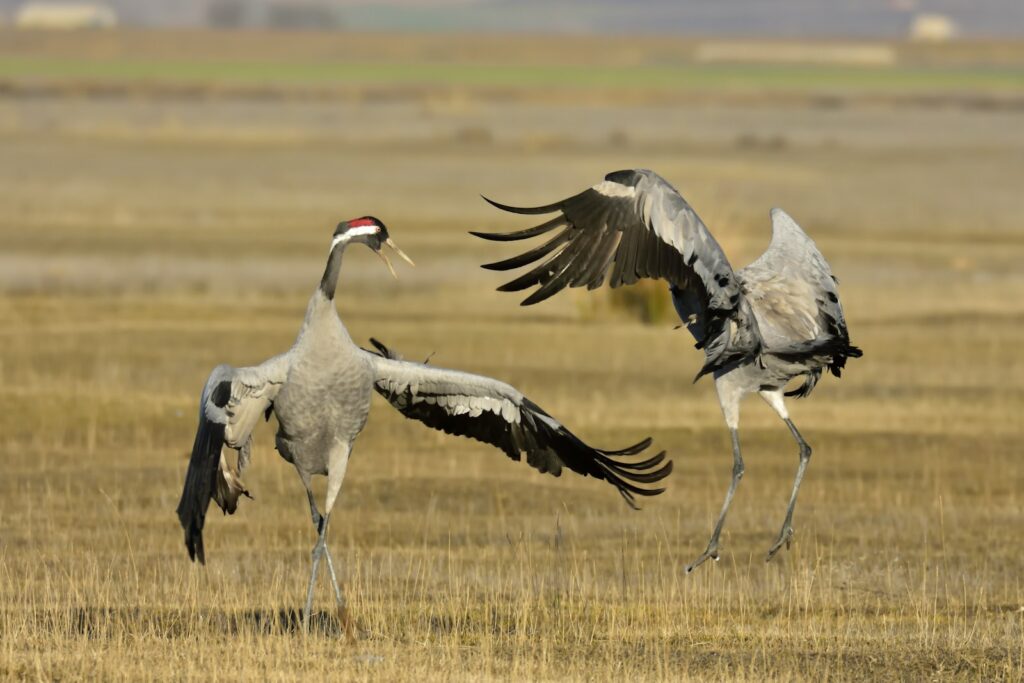
In Aboriginal Australian cultures, bird dances form a crucial component of ceremonial life, directly connected to Dreamtime stories that explain the creation of landscapes and cultural laws. The Brolga Dance, inspired by the elegant grey crane native to Australia, represents one of the most widespread bird ceremonies, with regional variations across different language groups and territories. Dancers replicate the brolga’s distinctive courtship movements, including elaborate bobbing, jumping, and wing-spreading gestures that require substantial physical stamina and precision. The Brolga Dance often tells stories of ancestral spirits who took bird form during the creation period, establishing connections between specific territories and the human groups entrusted with their care. Many Aboriginal bird dances incorporate unique ground patterns that map songlines—ancient traveling routes across the landscape that are navigated through memorized songs. The intergenerational transmission of these dances represents a sophisticated Indigenous knowledge system that has preserved ecological information and territorial relationships for tens of thousands of years despite colonial disruptions.
Mesoamerican Quetzal Dances and Royal Symbolism
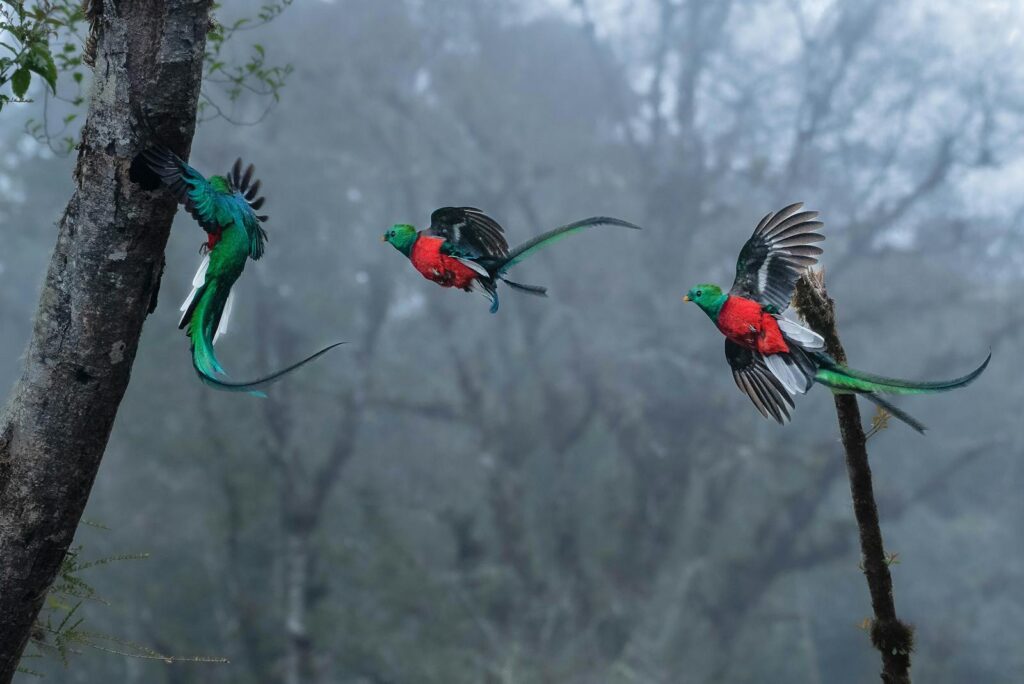
The resplendent quetzal, with its iridescent green plumage and extraordinary tail feathers, inspired some of Mesoamerica’s most spectacular bird dances, many of which continue in modified form today. Ancient Maya and Aztec civilizations venerated the quetzal as a symbol of freedom, wealth, and divine authority, with its feathers reserved for royal and priestly regalia. The Danza del Quetzal, still performed in highland Guatemala and parts of Mexico, features elaborate headdresses that recreate the quetzal’s distinctive crest and long tail streamers, requiring specialized balance techniques from dancers. Performers execute complex footwork patterns that alternate between the quetzal’s quick, darting movements and more stately processional sequences representing its flight through cloud forests. Historical records indicate that pre-Columbian quetzal dances were often associated with agricultural fertility rituals and royal ceremonies, with Spanish chronicles describing their breathtaking visual impact. Contemporary versions of these dances serve as powerful symbols of indigenous cultural resilience and identity, particularly in Guatemala, where the quetzal appears on the national flag.
Bird Courtship Dances as Inspiration for Human Movement
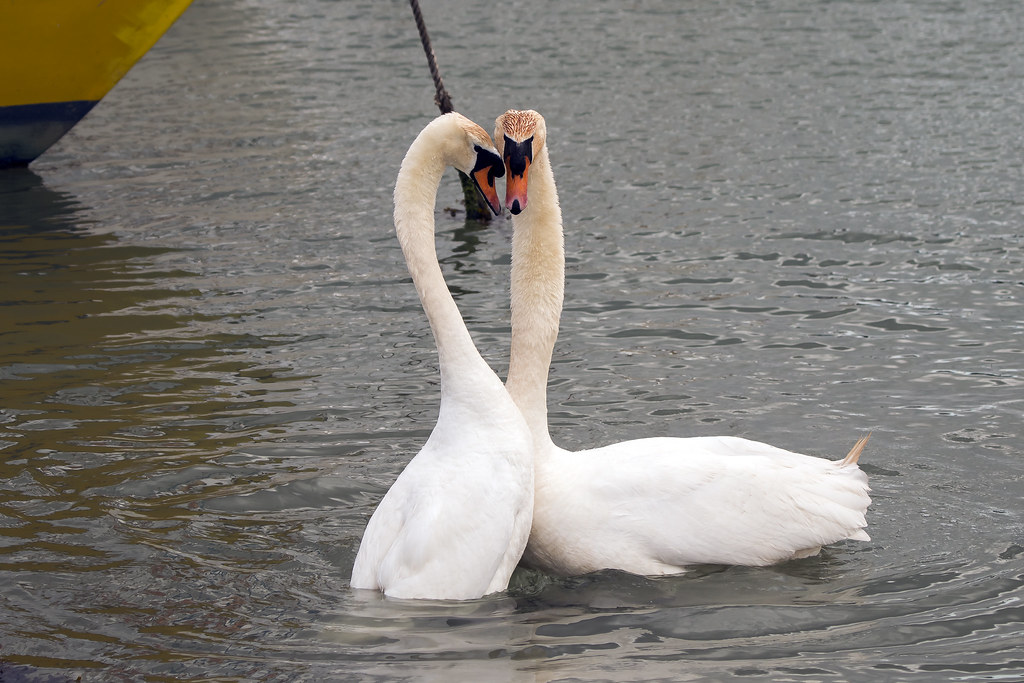
Bird courtship displays, with their theatrical elements and precise choreography, provide particularly rich inspiration for indigenous dance traditions worldwide. The elaborate mating dances of birds of paradise in Papua New Guinea directly influence local dance traditions, with male dancers replicating the spectacular shape-shifting, color-flashing routines that male birds perform to attract females. In parts of West Africa, the ostentatious displays of male ostriches have inspired dance forms where performers mimic the bird’s distinctive neck undulations and rhythmic wing-flapping. Indigenous communities in the Arctic have developed intricate dances based on the synchronized courtship movements of various seabirds, with group performances replicating the remarkable precision of avian courtship colonies. These human adaptations of bird courtship behaviors highlight indigenous peoples’ recognition of performance as a universal language that crosses species boundaries. The technical challenges of these dances—requiring extraordinary flexibility, stamina, and coordination—ensure only the most skilled human performers can successfully embody avian courtship displays, paralleling the evolutionary pressures that shaped the original bird behaviors.
The Condor Dance Traditions of Andean Communities

Throughout the Andean highlands of Peru, Bolivia, Ecuador, and Chile, various indigenous communities perform dances honoring the Andean condor, a bird revered as a sacred messenger between worlds. The Danza del Cóndor typically features a soloist or pair of dancers wearing elaborate condor costumes with massive wingspans that can exceed six feet when extended. Dancers must master techniques for mimicking the condor’s distinctive soaring flight patterns, which utilize thermal air currents to glide effortlessly over vast mountain ranges with minimal wing movement. The choreography often includes sequences representing the condor’s role in traditional cosmology, where it carries souls to the afterlife and delivers messages between mountain deities. In some communities, the dance illustrates narrative elements from specific condor-related legends, such as stories of condors assuming human form or carrying humans to the spirit world. Archaeological evidence suggests condor dances have existed in the Andes for thousands of years, with Nasca ceramics and Moche artworks depicting condor ceremonies that bear striking similarities to those performed today.
Bird Dance Regalia and Costume Technologies
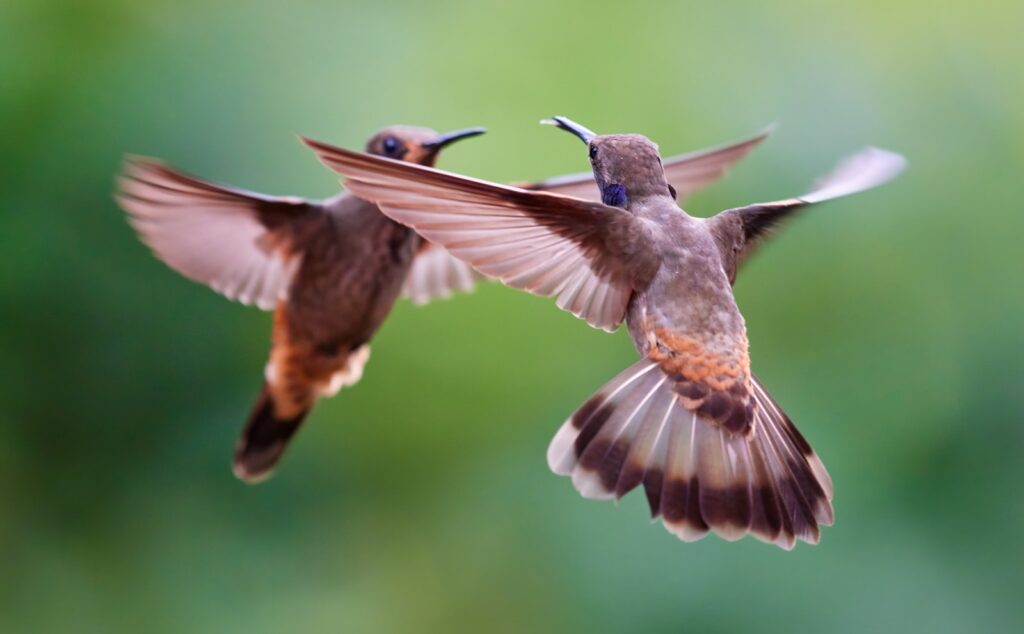
The creation of bird dance regalia represents a sophisticated technological achievement, often involving specialized knowledge of materials, structural engineering, and avian anatomy. Featherwork stands as one of the most advanced indigenous textile technologies, with communities developing complex techniques for preparing, coloring, and attaching feathers to create movement-responsive costumes. Hummingbird cloaks from Hawaiian traditions contain thousands of tiny feathers precisely arranged to maintain iridescence during dance movements, while ceremonial crowns from Amazonian peoples often incorporate tension systems that allow bird components to move independently during performances. Many bird dance costumes include ingenious mechanical elements, such as pulley systems that allow eagle dancers to expand and contract representations of wings during performances. Indigenous artisans have developed specialized lightweight materials for dance regalia, enabling performers to execute physically demanding movements while wearing elaborate costume elements. The knowledge required to create these costumes typically passes through specialized family lineages or apprenticeship systems, with master featherworkers holding prestigious positions in many indigenous societies.
The Role of Bird Songs and Calls in Dance Accompaniment
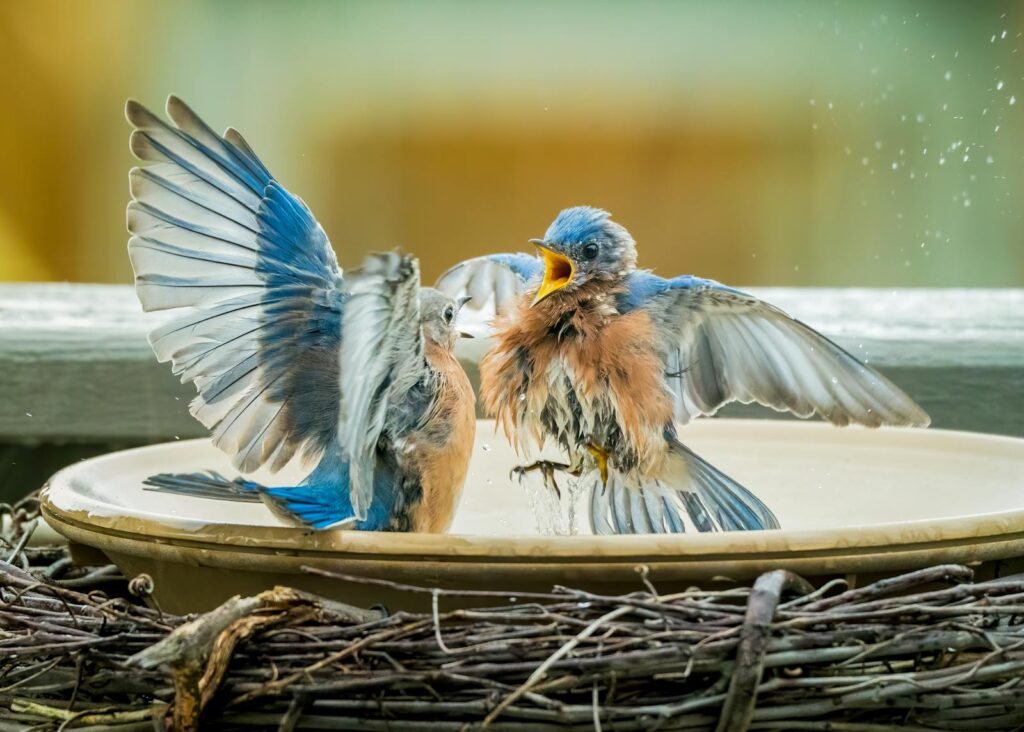
Bird-inspired dances rarely rely on visual elements alone, with most traditions incorporating detailed acoustic components that replicate avian vocalizations. Indigenous dancers worldwide employ specialized vocal techniques to mimic bird calls during performances, from the booming territorial calls of cassowaries in Papua New Guinea to the complex melodies of songbirds in North American traditions. Many cultures have developed specific musical instruments designed to reproduce bird sounds, including whistles, flutes, and percussion devices that capture the distinctive rhythmic patterns of woodpeckers or grouse. Dance composers often structure entire musical compositions around the natural rhythms and tonal qualities of specific bird species, creating sophisticated sonic environments that enhance the dancers’ physical embodiment of avian identities. In numerous traditions, dancers themselves produce bird sounds while performing, requiring them to master breath control techniques that allow simultaneous vocalization and movement. These acoustic elements transform bird dances into multisensory experiences that more completely represent the essence of the birds being honored.
Contemporary Adaptations and Preservation Efforts
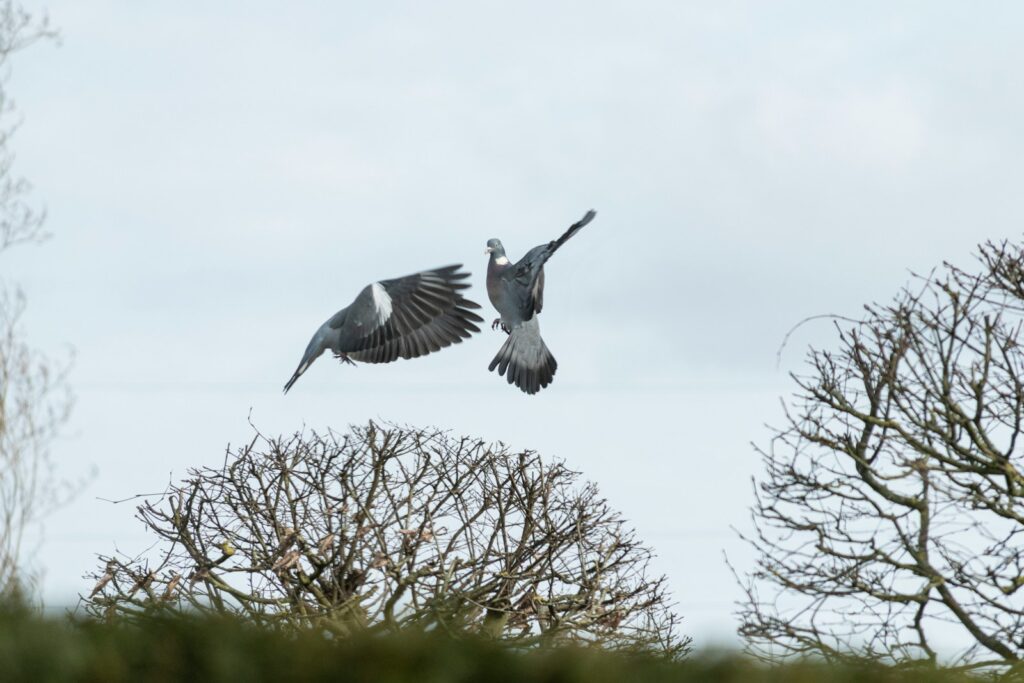
As indigenous communities navigate modern challenges, many have developed innovative approaches to preserving and adapting their bird dance traditions. Cultural dance groups from tribes like the Lakota and Ojibwe perform eagle and thunderbird dances at powwows across North America, creating new contexts for traditions once limited to private ceremonial settings. In regions where obtaining actual feathers has become difficult due to endangered species regulations, indigenous artisans have developed sustainable alternatives using repurposed materials while maintaining traditional design principles. Digital documentation projects now preserve the choreography and meanings of endangered bird dances, with elders working alongside videographers and anthropologists to create comprehensive archives for future generations. Some indigenous dance troupes have created educational performances that share bird dance traditions with wider audiences while respecting ceremonial boundaries regarding which elements can be publicly shared. These preservation efforts represent a crucial form of biocultural conservation, maintaining not just dance forms but the ecological knowledge and spiritual relationships they encode.
Gender Aspects of Bird Dance Traditions
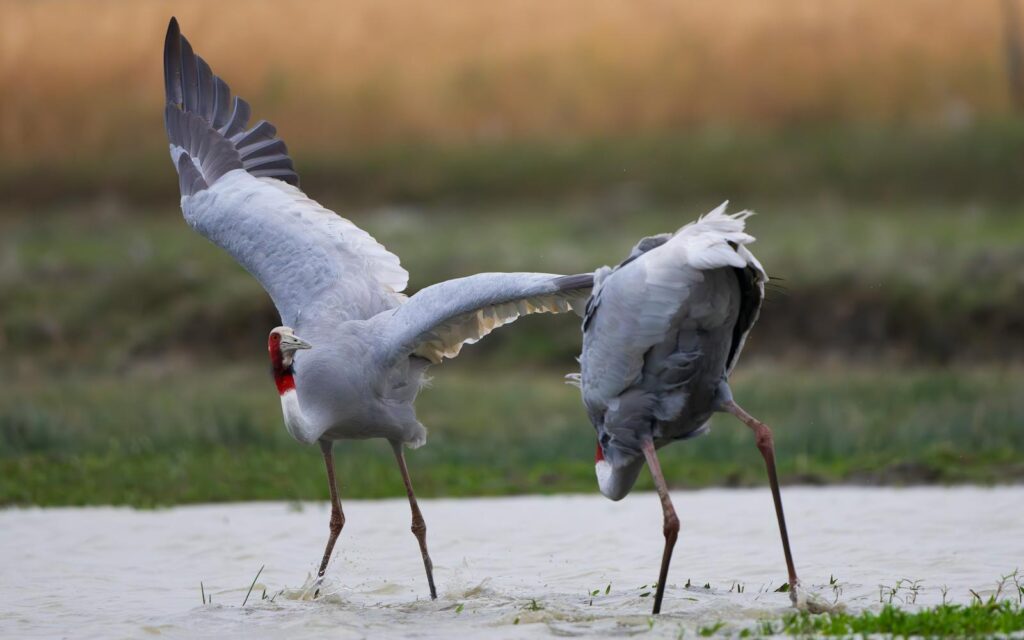
Bird dances across indigenous cultures reflect diverse gender frameworks that sometimes mirror and sometimes diverge from avian gender expressions in nature. Many traditions assign specific bird species to particular genders based on their characteristics—eagles and hawks are often associated with masculine warrior traits, while more colorful or melodious birds may connect to feminine attributes in certain cultures. The Crane Dance of the Cheyenne people features male and female dancers performing complementary movements that represent the lifelong pair-bonding typical of crane species. In contrast, some Papuan traditions feature exclusively male dancers portraying both male and female birds of paradise, with elaborate costume changes representing gender transformation. Certain bird dances provide culturally sanctioned spaces for gender flexibility, with dancers temporarily assuming characteristics associated with different genders while embodying avian spirits. Historical evidence suggests that in many indigenous societies, individuals with non-binary gender identities often held special roles as bird dance performers, their ability to move between categories seen as spiritually significant.
Teaching and Transmission of Bird Dance Traditions
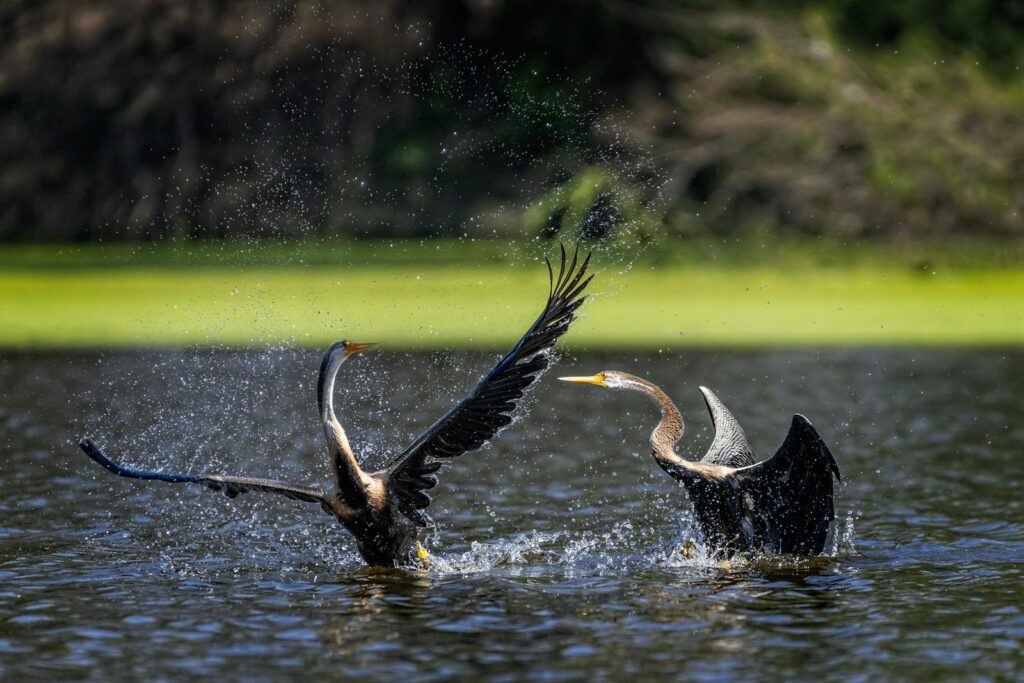
The intergenerational transmission of bird dance knowledge follows sophisticated pedagogical systems developed over centuries by indigenous communities. Young dancers typically begin learning through observation, watching performances for years before formal instruction begins—a process that hones their observational skills both for dance movements and for recognizing the actual birds in natural settings. Many traditions employ a graduated teaching system, with beginners first mastering basic movement patterns before advancing to more complex choreographic elements that require a deeper understanding of avian behavior. Elder dance instructors often take apprentices to observe birds directly in the wild, pointing out specific movements or behaviors that must be incorporated into dance performances with precision. In numerous cultures, storytelling plays a crucial role in dance instruction, with myths and legends about specific birds providing context for understanding the spiritual significance of movement sequences. These teaching methodologies represent sophisticated educational systems that integrate physical training, ecological knowledge, spiritual concepts, and cultural values into holistic learning experiences.
Birds, Dance, and Environmental Conservation Connections
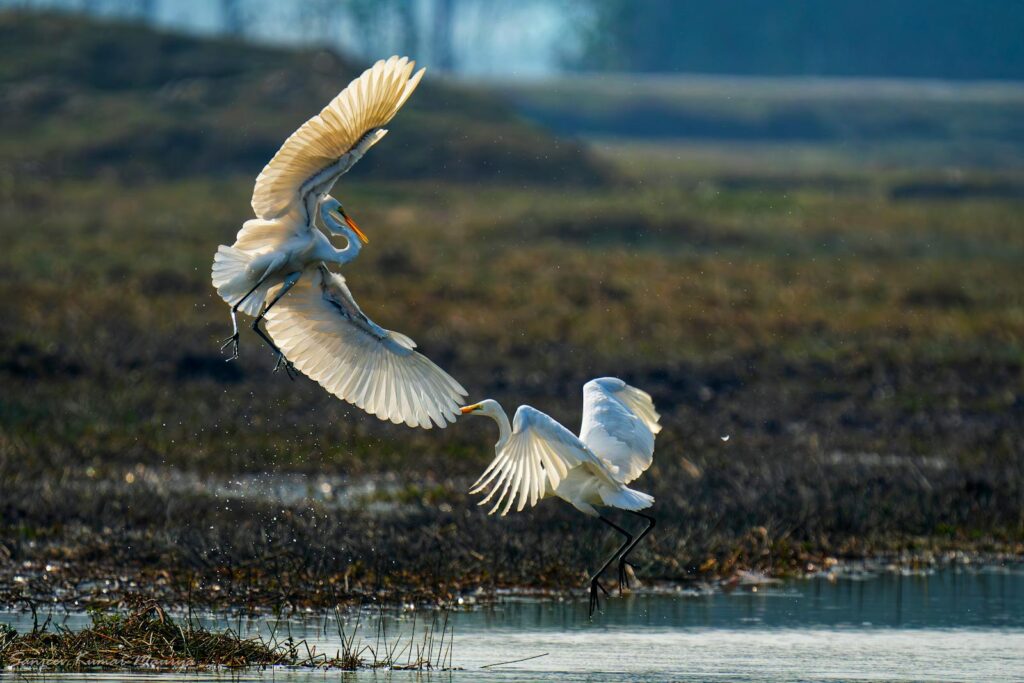
As global bird populations face unprecedented threats, indigenous bird dances increasingly serve as powerful tools for environmental advocacy and conservation awareness. When cultural leaders in the Pacific Northwest perform eagle or raven dances, they often explicitly connect these traditions to contemporary efforts to protect watersheds and forests essential for these species’ survival. Indigenous communities worldwide have developed educational programs where bird dance performances include information about habitat conservation needs and how traditional ecological knowledge can inform scientific conservation approaches. Several collaborative projects between ornithologists and indigenous dance groups have documented how movement patterns preserved in traditional dances accurately record behaviors of now-endangered bird species, providing valuable historical data about their natural history. The emotional power of these performances creates affective connections that statistics alone cannot achieve, helping audiences understand the cultural implications of bird species loss beyond ecological impacts. These initiatives demonstrate how indigenous artistic traditions offer unique and valuable perspectives for addressing current environmental challenges through their integration of scientific observation, spiritual reverence, and artistic expression.
Conclusion: The Enduring Significance of Avian Inspiration
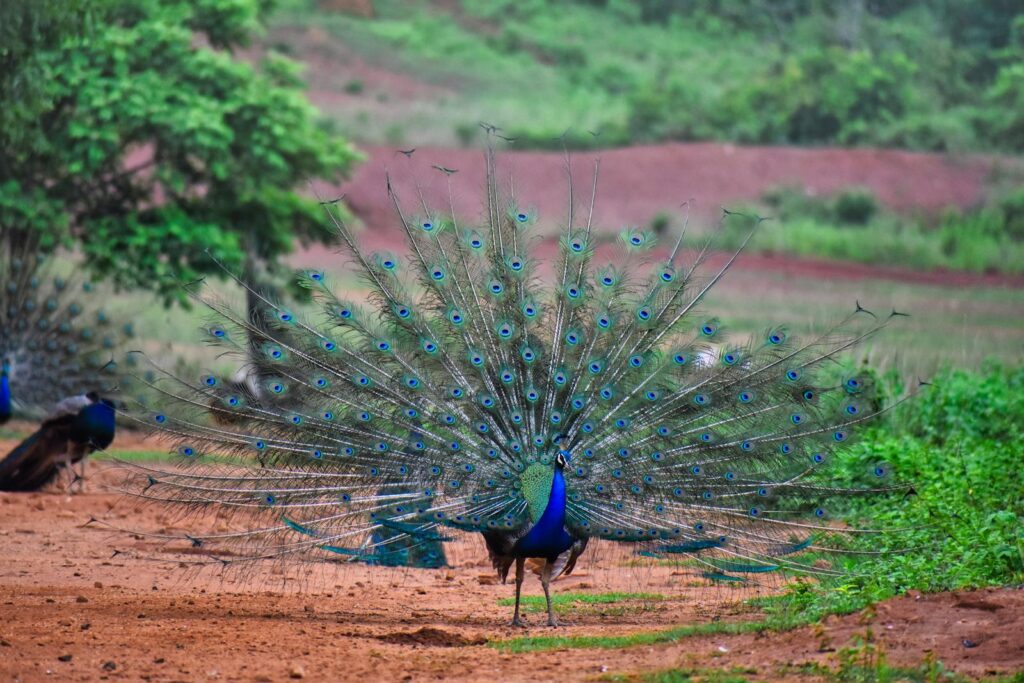
Bird-inspired dances represent one of humanity’s most enduring artistic traditions, spanning continents and millennia while continually evolving to meet changing cultural contexts. These performances transcend mere entertainment, functioning as sophisticated knowledge systems that encode ecological information, spiritual beliefs, social values, and territorial relationships. The remarkable parallels between bird dance traditions that developed independently across different continents highlight the universal human capacity for careful observation of the natural world and the cross-cultural significance of birds as boundary-crossing beings. As indigenous communities continue revitalizing cultural practices despite historical disruptions, bird dances provide powerful expressions of cultural resilience and identity. In a world facing both cultural homogenization and ecological crisis, these traditions offer valuable models for maintaining biocultural diversity through artistic practices that honor the profound connections between human communities and the more-than-human world. The birds that inspired these dances continue to perform their own choreographies across the skies of our shared planet, reminding us that dance remains one of our oldest and most meaningful forms of communication across species boundaries.
